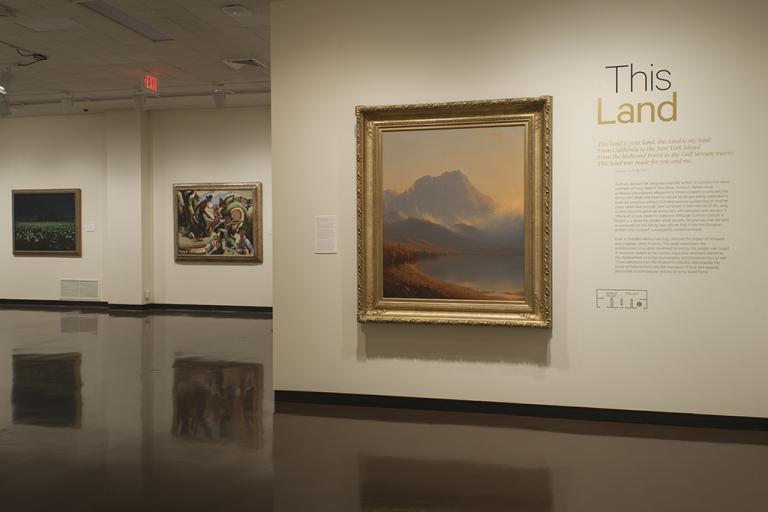The Bronco Buster, Frederic Remington; Roman Bronze Works
Artwork Overview
Frederic Remington, artist
1861–1909
Roman Bronze Works, caster
founded 1899
The Bronco Buster,
1895, cast 1906
Where object was made: United States
Material/technique: bronze
Dimensions:
Object Height (Height): 59.5 cm
Object Height (Height): 23 7/16 in
Object Height (Height): 59.5 cm
Object Height (Height): 23 7/16 in
Credit line: Museum purchase through the Greater University Fund
Accession number: 1954.0123
Not on display
If you wish to reproduce this image, please submit an image request









